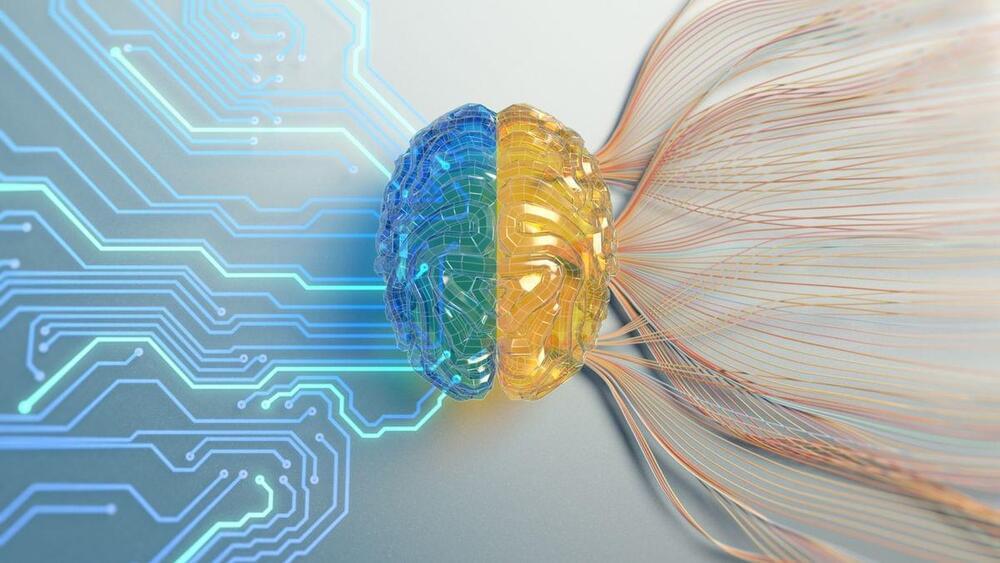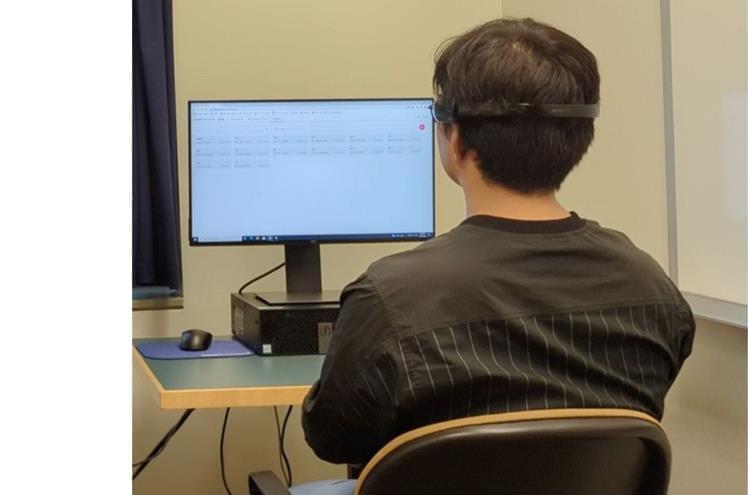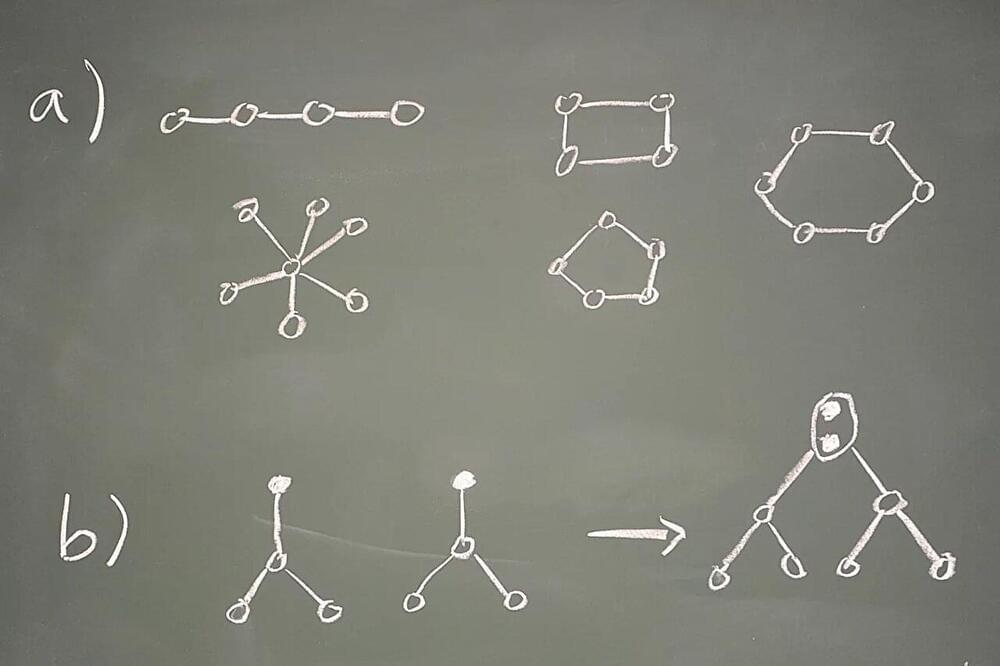Sperm whales rattle off a series of rapid-fire clicks that researchers have named “codas.” Each coda consists of between three and 40 clicks. In addition to changing the number of clicks they make in quick succession, whales often speed up or slow down the tempo of each coda—researchers call this “rubato.” Sometimes, they add an extra “click” at the end of a coda, which scientists call “ornamentation.”
In the end, the team identified 156 distinct codas, each with its own rubato, ornamentation, tempo and rhythm. On their own, these codas may simply be meaningless sounds. But when combined, they could add up to something akin to syllables, words or even sentences.
“We’re now starting to find the first building blocks of whale language,” says study co-author David Gruber, a marine biologist and the founder of Project CETI, to the Associated Press’ Maria Cheng.









